Where do you go when you fall sick? I asked a Chatapat seller (street vendor). “That Talukhuile Doctor” was what she replied with a smile, referring to the Auxiliary Health Worker (AHW) in a nearby pharmacy.
Dipendra Malla
As part of the research process for strengthening the basic health care delivery system, I was visiting a community in an urban slum in Pokhara Metropolitan City with a Female Community Health Volunteer (FCHV). After walking for a while, we saw a woman sitting down by the dusty roadside with a set of Chatpat (a popular street food made from chickpeas, green peas, onions, green chili, boiled Potato, tomato added with tangy and salty spices) waiting for customers under the scorching sun.
After greeting the woman, I sat next to her. After a few casual talks, I asked for permission for a short conversation, telling her that the information she shares will be valuable to improve health service delivery in the metropolitan city. And besides me sat the FCHV whom the street vendor already knew, which made the environment amicable.
Following my short introduction, she introduced herself as 48 years old Gita BK (name changed for anonymity) and a resident of the area for last 11 years. As I asked her about what she did for a living, she candidly replied, ‘…If I feel overstressed while doing labor work, I sell Chatpat. I do not like to stay at home…’ I was startled hearing that and requested her to elaborate more. She said, ‘If I am healthy, I am involved in labor work. If not, I spend my time selling Chatpat lying down here rather than begging,’ which showcased the importance of being healthy to the community members.
After the icebreakers, I asked her where she used to go to get medical services when ill. She replied that for bigger problems, she visited hospitals, while for smaller issues, she’d go see a pharmacist popularly known as ‘Talukhuile’ around her community. When asked about nearest public health facility, she did not have an answer and said, ‘Illness can happen any time, so we go immediately to that pharmacy and take medicine.’
She perceived that the members of marginalized community drank alcohol throughout the night and as soon as the effect of alcohol subsided, they’d go to their work, which included breaking stones, digging, construction works, among other manual tasks. For her, along with many other people in her community who work in informal sector, the public health facility has not been easily accessible.
She shared that she preferred private facility because she thought that free medicines provided in public health facilities are not effective. When she was asked about not going to public health facilities, she replied, ‘rather than killing time to go to health facility, we get cured instantly by buying medicine in nearby private facility.’ She even shared that she had borrowed money to buy medicine from nearby private facility.
This is the story of Gita echoing similar stories from other community members, and I got different glimpse to what these people had to say on the health system. They are not even familiar with the only government health facility in their ward, having never stepped their foot into the facility. Their trusted source of treatment are the ones sitting in nearby pharmacies and selling drugs. Often possibly, they’d get similar treatment from public health facilities, but they were paying more out-of-their-pockets for health service utilization. There has to be a bridge between the health system and these communities so that the prevailing gap gets narrowed down. These people are the ones who suffer the most and it is up to the health system to bring them closer to its services.
Dipendra is Pokhara based Research Officer/HERD International.
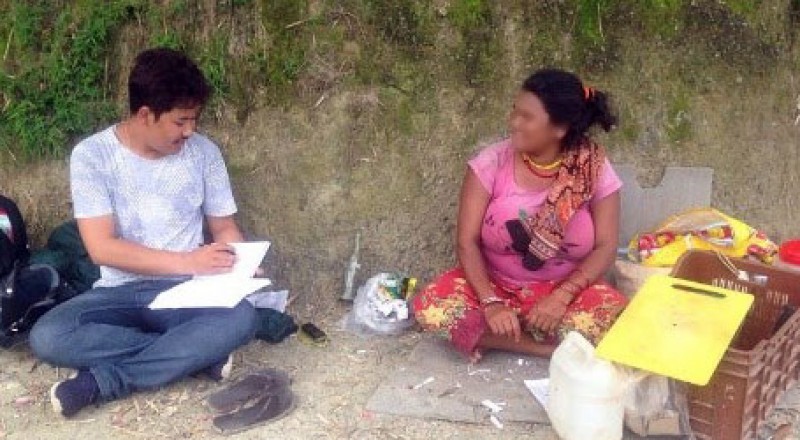

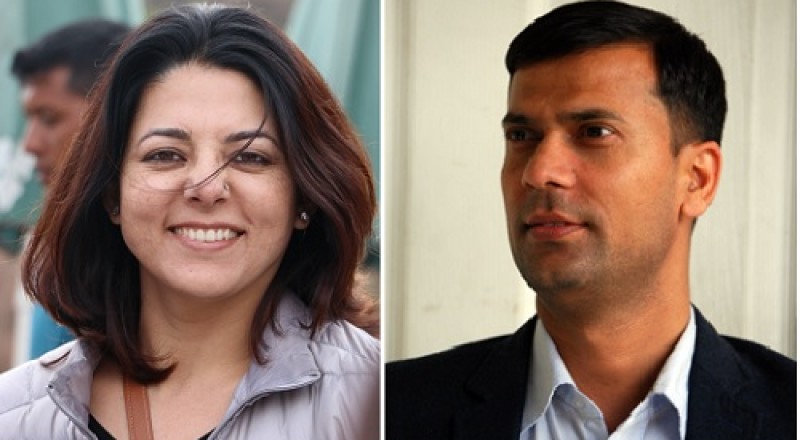
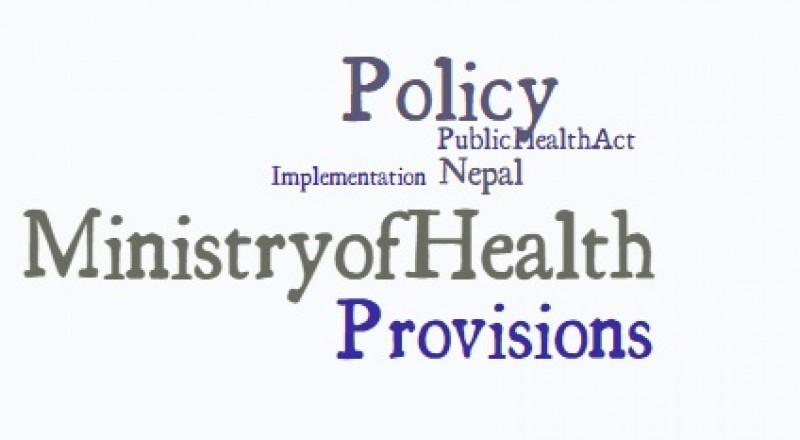


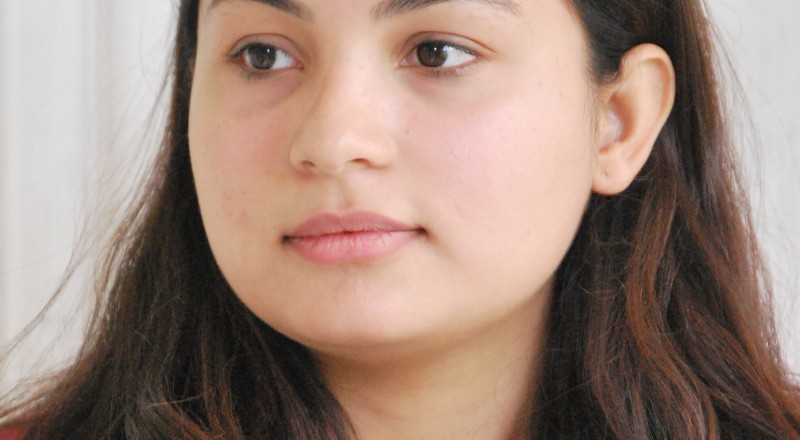

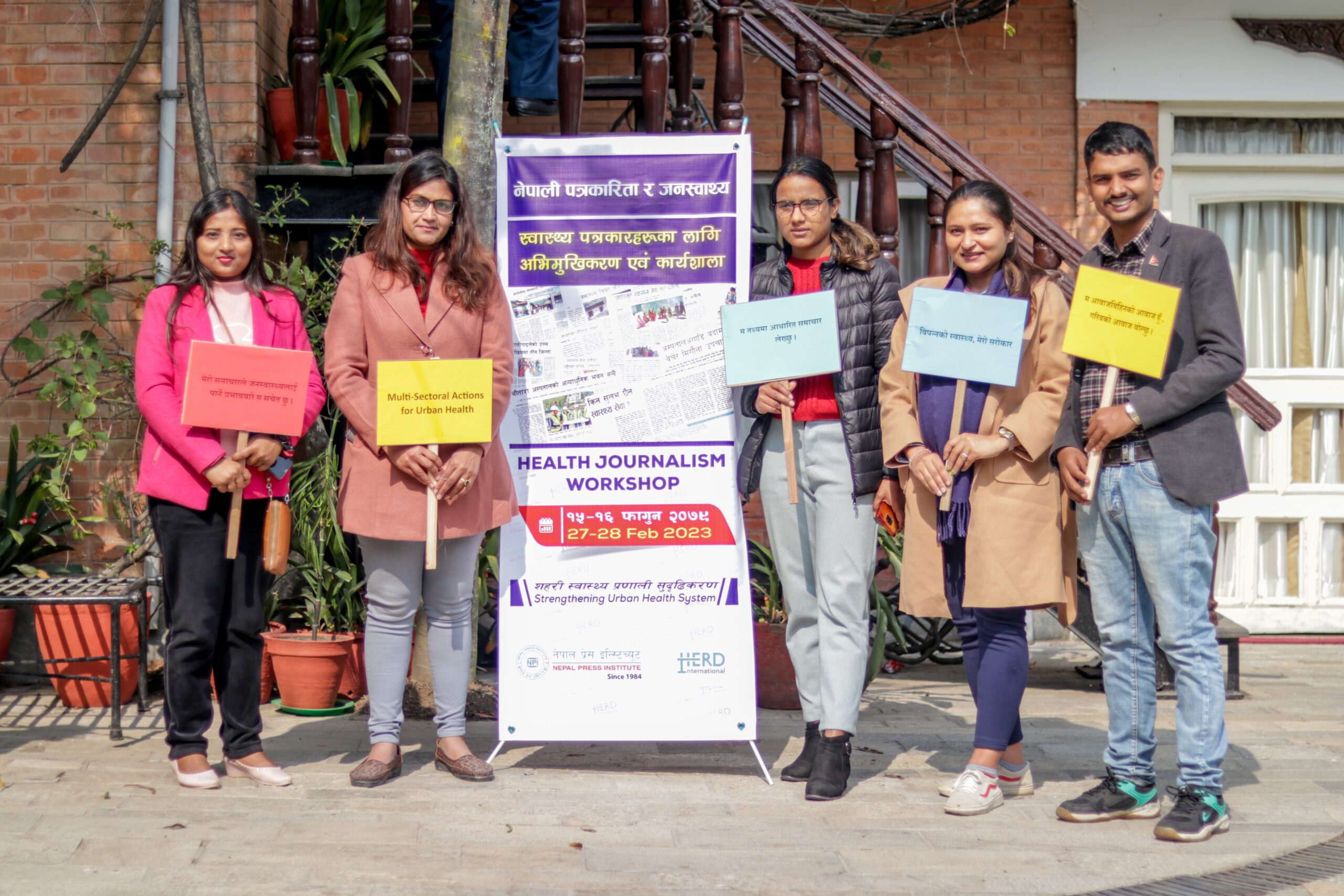
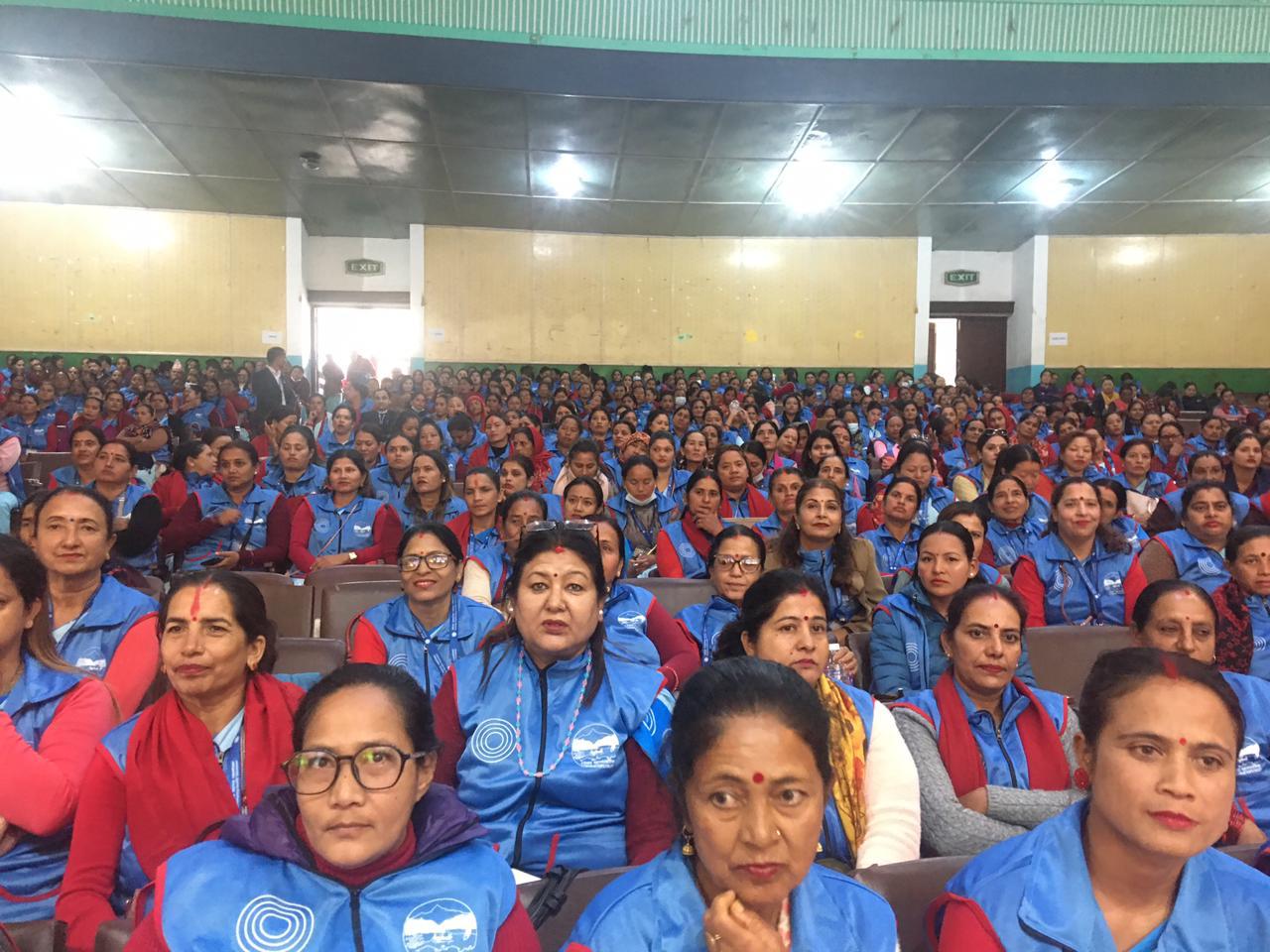

Comments (0)
No comments found.